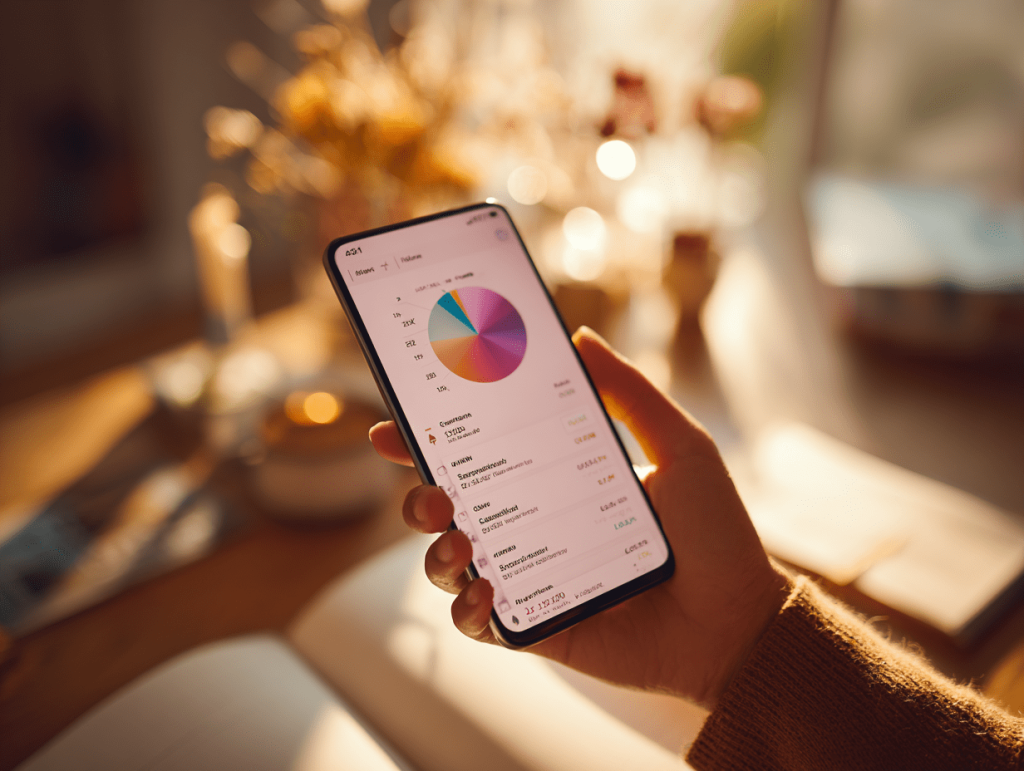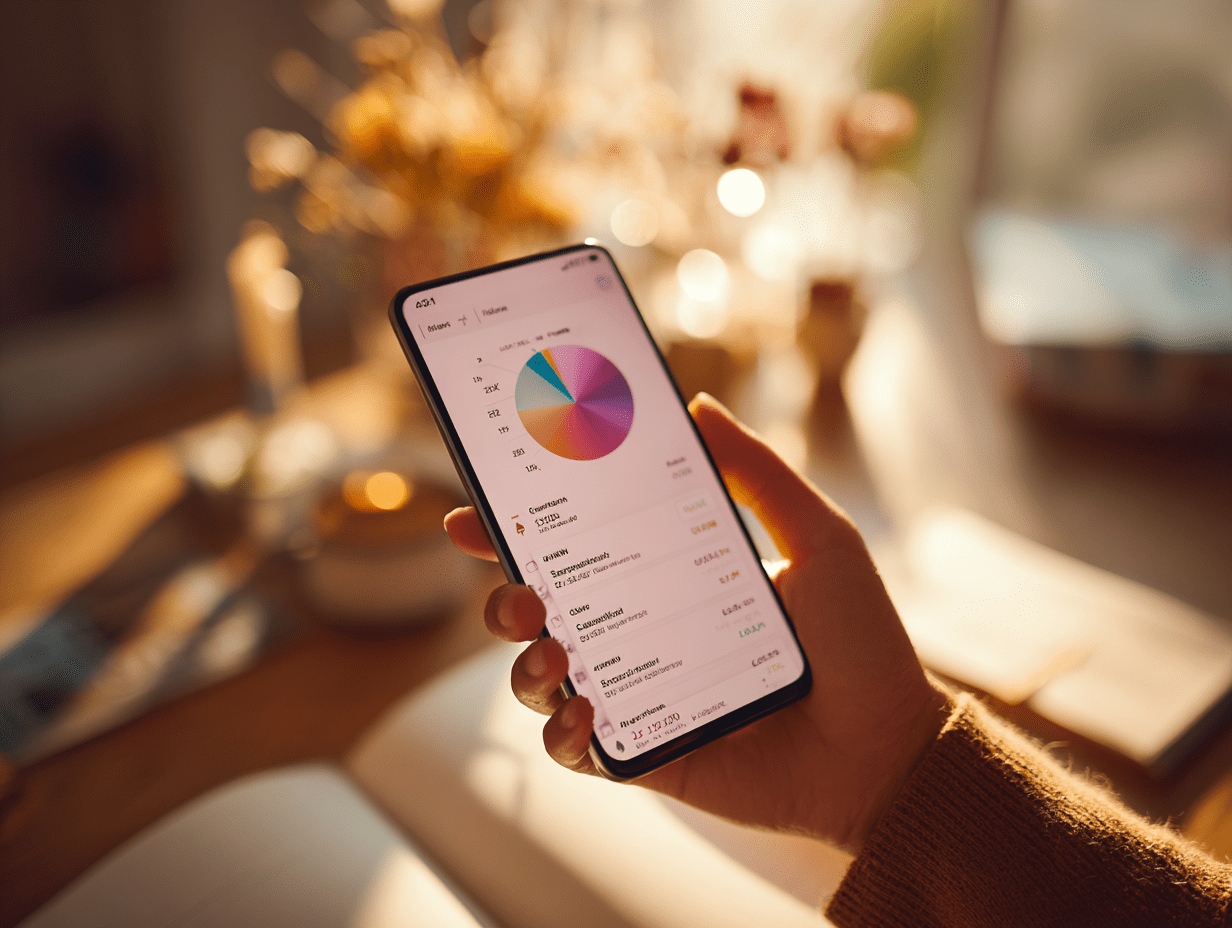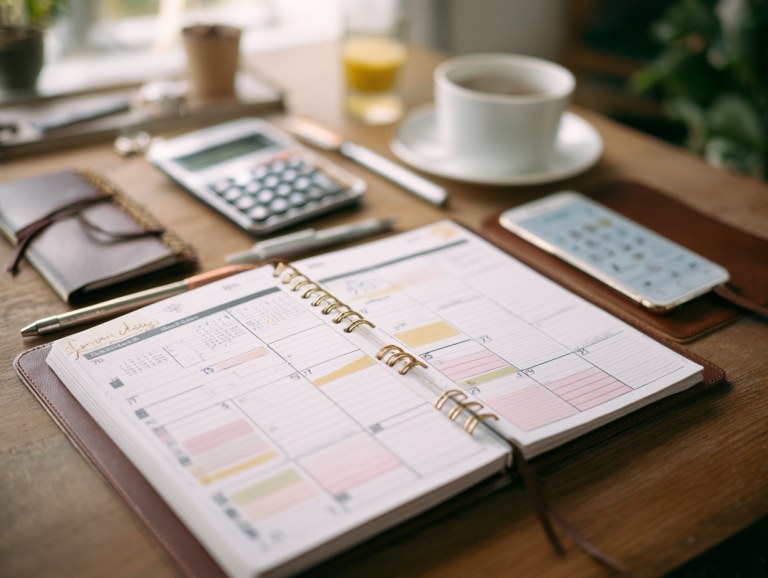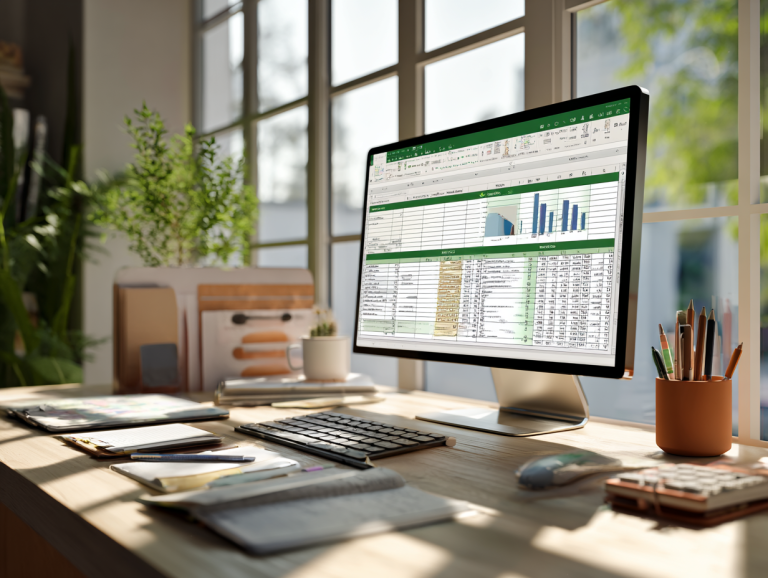Monthly Finance Planner: A Better Way to Track Your Monthly Finances
Managing your family’s monthly budget doesn’t have to feel overwhelming or restrictive. In fact, with the right tools and habits, it can be empowering — even freeing. That’s where a monthly finance planner comes in. Whether you’re new to budgeting or looking to refine your current system, a good planner can be a game-changer for your household finances.
In this guide, we’ll explore what a monthly finance planner is, why it’s effective, and how to start using one to gain clarity, control, and confidence with your money.

Why Use a Monthly Finance Planner?
A monthly finance planner is more than just a spreadsheet or notebook. It’s a structured way to manage your income, track your spending, and prioritize financial goals — all in one place. It provides visibility into your money habits and helps you plan intentionally.
Families often juggle many expenses: housing, groceries, childcare, transportation, and savings goals. Without a central system, it’s easy to overspend or forget due dates. A planner acts as your financial command center, keeping everything organized and accessible.
Some key benefits include:
- Improved awareness of where your money is going
- Less financial stress by anticipating bills and planning for emergencies
- Progress toward goals like debt payoff, vacations, or building an emergency fund
Choosing the Right Monthly Finance Planner for You
With so many formats available, it’s important to find one that fits your lifestyle. Here are a few popular options:
1. Paper-Based Planners
Perfect for those who like writing things down and reviewing information physically. These can include printable templates or bound budget books with sections for expenses, income, savings, and debt tracking.
2. Digital Spreadsheets
Budget monthly using tools like Google Sheets or Excel. They offer flexibility, automatic calculations, and easy customization. Many downloadable templates are available online, including beginner-friendly options.
3. Mobile Apps
If you’re always on your phone, budgeting apps like YNAB, Goodbudget, or EveryDollar make it easy to log expenses on the go. Many apps also include monthly finance tracker features that visualize your spending habits.

How to Set Up Your Monthly Budget Planner (for Beginners and Beyond)
Whether you’re starting from scratch or transitioning to a new system, here’s a simple step-by-step approach:
Step 1: Calculate Your Monthly Income
Start by writing down all sources of income: salaries, freelance work, child support, rental income, etc. Use your net income (after taxes) to keep the numbers realistic.
Step 2: List All Fixed and Variable Expenses
Fixed expenses remain the same each month — mortgage, rent, insurance, subscriptions. Variable expenses include groceries, dining out, utilities, and transportation.
Use past bank statements or budgeting apps to identify spending patterns. This sets the foundation for your monthly budget planner.

Step 3: Categorize and Allocate
Group similar expenses together (e.g., “household,” “kids,” “transportation”) and assign budget limits based on your income and goals. Make sure to include a savings category and room for debt payments if applicable.
Don’t forget annual or irregular costs — birthdays, back-to-school shopping, car registration — and divide them into monthly sinking funds.
Step 4: Track Your Spending Daily or Weekly
Consistency is key. Use a monthly finance tracker to record each expense, either manually or automatically through an app. This helps you stay within your limits and spot any leaks quickly.
Families with kids or busy schedules may find it helpful to do a weekly check-in as a couple or solo.
Step 5: Reflect and Adjust
At the end of the month, compare your budgeted amounts to your actual spending. Celebrate wins and identify areas to improve. Budgeting isn’t about perfection — it’s about progress and awareness.

Budget Monthly with These Family-Friendly Tips
Even the best monthly budget planner for beginners won’t work unless you make it part of your routine. Here are some tips to stay on track:
- Schedule a “Money Monday” or “Finance Friday” — Set aside 30 minutes a week to review transactions and update your planner.
- Keep receipts or use an expense tracking app to log purchases quickly.
- Automate payments for recurring bills so nothing slips through the cracks.
- Involve the whole family — teach kids about budgeting and let them help with meal planning or savings jars.
And don’t forget to plan for fun! Budgeting doesn’t mean cutting out joy — it means making room for it without guilt.
Digital vs. Physical: Which Monthly Finance Planner is Better?
This depends on your preferences. Physical planners offer a tangible, distraction-free experience. They’re great for visual thinkers and people who enjoy journaling. On the other hand, digital tools allow quicker data entry, real-time updates, and easier long-term tracking.
Many families use a combination — for example, a paper planner on the fridge for shared expenses and a budgeting app for detailed tracking.

Best Practices for Long-Term Success
Success with budgeting isn’t about doing it perfectly. It’s about building habits that support your financial goals and adjusting when life changes. These habits will help you use your monthly finance planner more effectively:
- Revisit your budget each month. Costs change with seasons, kids grow, and priorities shift.
- Set realistic goals. Whether it’s paying down a credit card or saving $100/month, clear targets keep you motivated.
- Use color coding or visuals. Make your planner visually engaging so you enjoy returning to it.
- Reward yourself. Sticking to your plan deserves recognition — even small wins.
Frequently Asked Questions
What’s the difference between a monthly budget planner and a monthly finance tracker?
A budget planner focuses on setting spending goals and allocating funds. A finance tracker is more about logging and reviewing what you actually spent. Both work best together — one plans, the other monitors.
Is a monthly finance planner suitable for low-income households?
Absolutely. In fact, the tighter your income, the more essential it is to track every dollar. Budgeting ensures your essentials are covered and helps you avoid costly overdrafts or late fees.
How much time should I spend using my planner each month?
Initial setup might take 1–2 hours, but after that, expect 10–15 minutes per week. The time you save by avoiding financial surprises is well worth the investment.

Final Thoughts: Empower Your Family with a Monthly Finance Planner
Financial peace doesn’t come from how much you earn — it comes from how well you manage what you have. A monthly finance planner puts you in control, helping your family live within your means, save purposefully, and build a secure future.
Whether you’re a first-time budgeter or looking for a better system to budget monthly, this small step can make a big difference. Start where you are, use what you have, and stay consistent. Your financial goals are within reach — one month at a time.
Let me know if you’d like a printable version, app recommendations, or template suggestions to get started!





